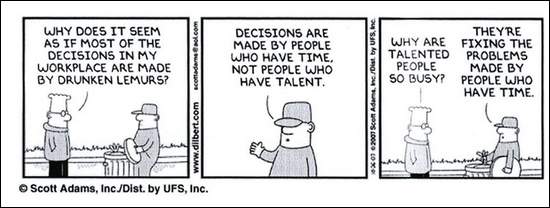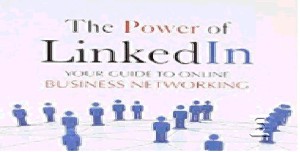Everybody loves a HiPo program! In any organization, it is one of the most sought-after programs for everyone. Senior leaders associate themselves with it because they see this as a readily-available pool to induct (or poach) effective people into their own teams, and employees see this as a fast-track path to success. Everyone in HR wants to be part of the HiPo program because it is usually a high-visibility program and relatively less complex than other programs. But what does the existence of a HiPo program really mean? It means that organizational talent management has failed. Well, at least partially.
Sounds unreal? Here are my reasons.
Organizations hire HiPos and fail to manage them
What is a candidate’s status in the talent map at the point of hire? Every new hire is a HiPo. I repeat, every new hire is a HiPo.
Most often, there are no real measures to accurately assess a person’s performance in her/his current or previous jobs in the organization’s context during the hiring process. It is true that in some industries, there are standard measures of performance. For example, in the software industry where workstreams in several companies may resemble one another, some performance measures may be common. But beyond that, there is a lot of company-specific context to performance (such as culture) that cannot truly be assessed unless an individual is in seat. Hence, it would not be wrong to generalize that in most cases, a candidate is hired based on what value s/he can “potentially” bring to the team and to the organization. Well then, what does that indicate about the candidate’s status at the point of hire? Does it not mean that ‘at the point of hire every candidate is a HiPo?’
More importantly what does it tell about an organization’s talent management capability when, after a while, only a select few from this pool remain HiPos?
Should there be drumroll about having a HiPo program? Maybe not
Agree that there are several factors that contribute to why an individual falls off the HiPo chart. What is worrisome is the sheer size of a typical HiPo pool. The typical size of an organziation’s HiPo pool is 5%. This means that talent management has been able to successfully navigate the aspirations, engagement, and careers of employees, 5 out of 100 times. What it also means is that it has failed 95 times! So, is there any real cause for a drumroll about having a HiPo program?
Also, given the investments that an organization puts in every individual in a HiPo pool, it simply cannot afford a bigger pool of high potentials without the program becoming prohibitively expensive.
HiPo hype- Break ‘em
While, I am not arguing that organizations should scrap HiPo programs, it is important to focus on some more foundational and important aspects of talent management and break a couple of hypes.
Hype #1- Communicating HiPo status
Many research studies indicate that communicating HiPo status makes noticeable differences in the pool’s levels of engagement. No arguing that! But what does that mean for others in the team? How are their short-term and long-term motivations affected? Also, how will the communication of the HiPo status impact the HiPo pool in the long-run? We’ve heard of the positives of HiPo status communication- improved engagement, more business value delivered, and greater focus. Let’s hear some of the negatives- unrealistic long-term self-expectations, unusually large risk-appetite, and even at times- inflexibility to adapt. So the question is, “is the communicating HiPo status worth the risk?” Or is the organization only interested in short-term value?
Hype #2- Selecting HiPos
Selection of HiPos is a complicated exercise that usually start with manager nominations and end in talent reviews. The process assumes that all managers are equally competent to decide who in the pool is a HiPo. In a world where managers are the single biggest reason for attrition, I say that’s putting too much faith in them. ‘nuff said!
Have a HiPo program? Hush
While there are more reasons than one for why an organization should have a HiPo program, it’s important that the talent management team should make extra efforts to cover it. Talent management teams in many stellar companies have become effective at veiling their HiPo programs so that no employee feels either blatantly discriminated or preferred. In these companies, there are no secret e-mail groups. No instances where the whole office can see the Chairman and the Head of HR inside a meeting room addressing an unlikely team comprising a junior designer sitting next to the head of product management. And definitely, no Powerpoint slides with the words High Potential flashing blazingly through the glass walls of the modern day’s “transparent organizations.”
What do these talent management teams comprise of? I think they’re comprised of some really smart people!






